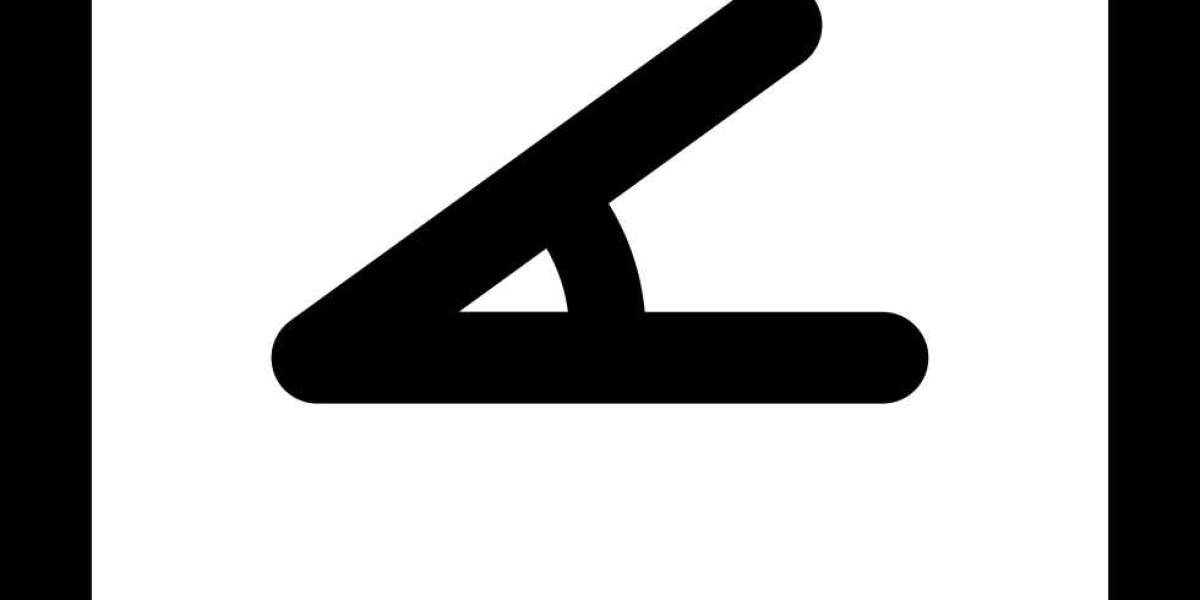The skin layers eventually peel away, revealing younger-looking skin. The new skin is usually smoother and has fewer lines and wrinkles, as well as a more even color and a brighter complexion.
In general, superficial peels are suitable for all skin types. However, if you have a darker skin tone, you are more likely to experience skin darkening after treatment. This is known as post-inflammatory hyperpigmentation. If you have naturally darker skin, you should seek the advice of a dermatologist.
At Face Centre, they have some very experienced dermatologists that give you less invasive treatments to reduce the risk of hyperpigmentation.
If you've had a light chemical peel, you should:
After your peel, you should expect a sunburn-like reaction, with redness followed by scaling that lasts between three and seven days.
Until your skin heals, apply lotion or cream as directed. Apply sunscreen on a daily basis after your skin has healed.
Makeup can be worn immediately following treatment or the next day.
Additional peels may be applied every two to five weeks until the desired results are obtained. Typically, three to five peels are required to achieve your desired result.
If you've had a medium chemical peel, you should:
Expect some skin redness, swelling, stinging, and flaking. Swelling may persist and/or worsen for up to 48 hours. Blisters can be painful. develop and will burst. Over the course of seven to fourteen days, the skin will crust and peel off.
Follow your doctor's Face centre instructions for daily soaks. After each soak, apply ointment. Apply lotion or cream on a daily basis. Avoid exposing your skin to sunlight until it has completely healed.
The antiviral medication must be taken for 10 to 14 days.
Makeup can be worn after five to seven days.
If necessary, additional medium-depth peels can be performed at six to twelve-month intervals to maintain results.
If you've recently had a deep chemical peel:
- Bandages will be applied to the treatment area. In a few days, your bandages will be removed. Expect a 14 to 21-day healing period.
- Follow your doctor's instructions for daily soaks. After each soak, apply ointment.
- Apply moisturizer as directed after 14 days. For three to six months, avoid exposing your skin to the sun.
- The antiviral medication must be taken for 10 to 14 days.
- Allow at least 14 days before applying makeup.
- On your face, you can only have one deep peel.
Follow these tips to get the best results, regardless of the depth of your peel:
- While your skin is healing, avoid using a tanning bed or any other type of indoor or outdoor tanning.
- Always use daily sunscreen after your skin has healed.
- Apply a daily moisturizer as directed to keep your skin moisturized and scar-free.
- Your new skin is more fragile and prone to complications. Your doctor will give you after-care instructions. To reduce the possibility of developing abnormal skin color and other complications following your peel.
Call your doctor if your skin itches, swells, or burns. Scratching your skin may result in an infection.








